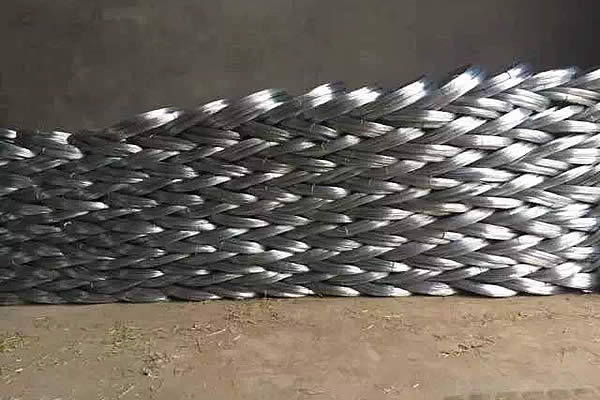 TEL:
+86-13102802206
TEL:
+86-13102802206
 Email:
fencenetting@china.com
Email:
fencenetting@china.com
 Language
Language
 TEL:
+86-13102802206
TEL:
+86-13102802206
 Email:
fencenetting@china.com
Email:
fencenetting@china.com
 Language
Language


The Benefits and Applications of Gabion Retaining Walls
Gabion retaining walls are increasingly becoming a popular solution in the field of civil engineering and landscape architecture. These structures, made of wire mesh cages filled with rocks or other materials, provide numerous benefits for stabilization, drainage, and aesthetic appeal. They are not only functional but also environmentally friendly, making them an excellent choice for a variety of applications.
One of the primary advantages of gabion retaining walls is their ability to effectively manage soil erosion. Traditionally, retaining walls are used to hold back soil at steep slopes or areas where grading has occurred. Over time, the pressure from the soil can cause conventional walls to fail. However, the porous nature of gabions allows for better water drainage. As water seeps through the gaps, the pressure is released, reducing the risk of wall failure. This makes gabion walls particularly effective in areas prone to heavy rainfall or flooding, where soil erosion is a significant concern.
Moreover, gabion walls offer an aesthetically pleasing alternative to traditional retaining structures. The natural stones used to fill the gabions can blend seamlessly with the surrounding landscape, enhancing the visual appeal of any project. In addition, because the stones can vary in size, texture, and color, it is possible to customize the appearance of the wall to match the surrounding environment. This flexibility allows landscape architects to create various designs that can harmoniously integrate into gardens, parks, and natural areas.

From a construction standpoint, gabion retaining walls are relatively easy to install. Unlike traditional concrete walls, which require substantial groundwork and curing time, gabions can be assembled quickly on-site. The materials needed are readily available and can often be sourced locally, making it a cost-effective option. Less machinery is required during the installation process, further reducing labor and financial costs. This simplicity makes gabions an attractive option for both small-scale residential projects and larger commercial developments.
Another benefit of gabion walls is their longevity and durability. The wire mesh used can resist corrosion and wear from environmental factors, ensuring the walls remain intact over the years. When properly constructed, gabion retaining walls can last for decades while requiring minimal maintenance. Additionally, the use of natural stone provides a natural habitat for small wildlife, thus promoting biodiversity in the area.
In conclusion, gabion retaining walls are an effective solution for various civil engineering challenges. Their benefits, including enhanced drainage capabilities, aesthetic flexibility, easy installation, and long-lasting durability, make them a wise choice for managing soil erosion and stabilizing landscapes. Whether used in residential gardens, urban projects, or large-scale infrastructure, gabion walls not only serve a functional purpose but also contribute positively to the environment. As the demand for sustainable building practices continues to grow, gabions are likely to play a significant role in future construction projects.